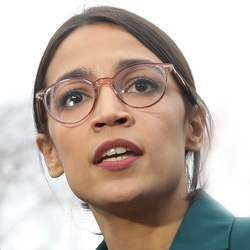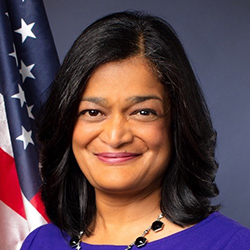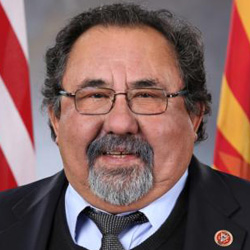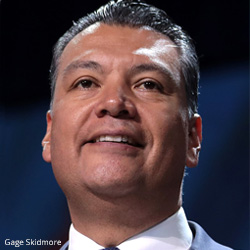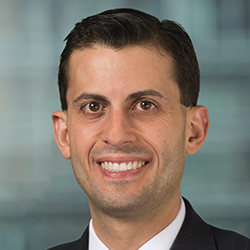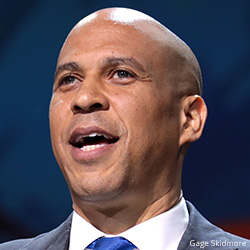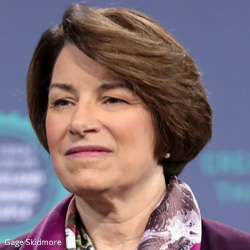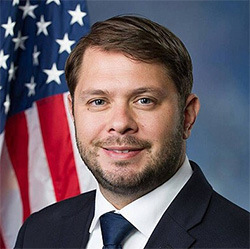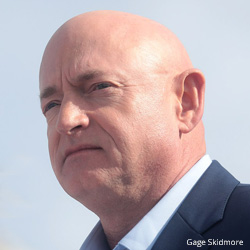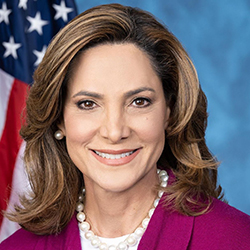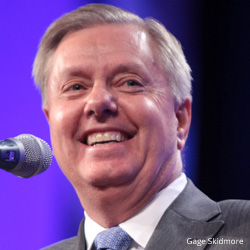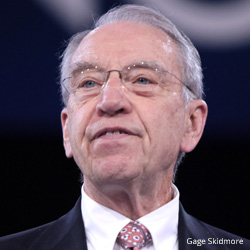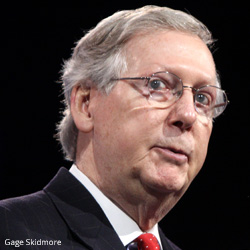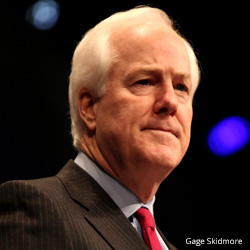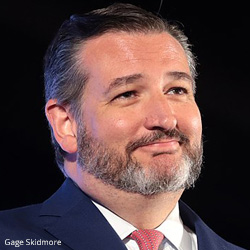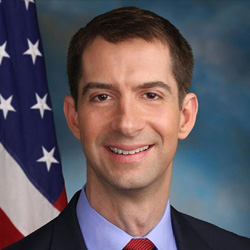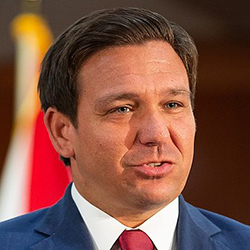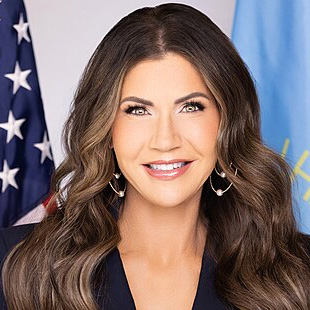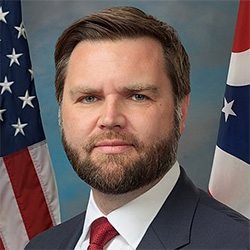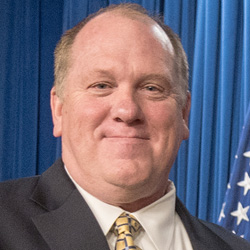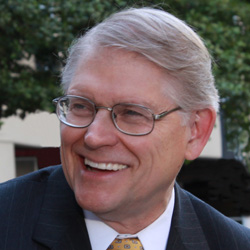Donald Trump
President of the United States
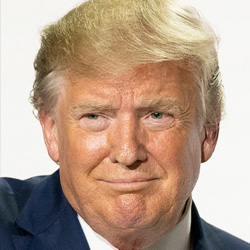
Donald J. Trump, the longtime New York City real estate mogul and television personality, has been in the public eye since the 1970s, and flirted with presidential campaigns as far back as 1988. But the political rise that ultimately landed him in the White House began in 2011, when, amid polls showing him leading a hypothetical 2012 Republican primary field, Trump began repeatedly demanding that President Barack Obama produce his birth certificate. Trump didn’t run for president in 2012, but his frequent appearances on Fox News at the time positioned the then-reality TV star as the de facto leader of the birther movement, which falsely alleged that Obama was born in Kenya and was therefore an illegitimate president.
By the time he descended the escalator in Trump Tower in June of 2015 and declared himself a candidate for president, Trump had, through birtherism, formed a growing base of Republicans who were as disaffected by the Democratic Party as they were by the establishment leaders of their own party. From birtherism, it was a natural leap to declaring himself the most hawkish candidate on immigration in the 2016 Republican primary field.
“When Mexico sends its people, they’re not sending their best,” said Trump during the announcement of his White House bid. “They’re sending people that have lots of problems, and they’re bringing those problems with us. They’re bringing drugs. They’re bringing crime. They’re rapists.”
Trump’s racially charged language drew rebukes from Republican Party leaders, who, still smarting from losing the 2012 election, were looking to be more inclusive, especially of America’s growing Hispanic electorate.
But Trump persisted in his nativist rhetoric. “Build the Wall” became the central theme of his campaign. Upon winning the presidency, Trump and his team of far-right immigration hawks — including Jeff Sessions, Stephen Miller, and Steve Bannon — felt they had a clear mandate to implement hardline immigration policy, including: a ban on all immigration from Muslim-majority countries, reallocation of Defense Department funds and government shutdowns in service of building a wall on the southern border, separating immigrant parents from their children at the border, carrying out high-profile deportations of longstanding residents, and reducing the annual number of refugees accepted into the U.S. by nearly 100,000. While the Biden administration repealed (or attempted to repeal) many of Trump’s landmark executive actions, hundreds of lesser-known policies remain on the books.
As Republicans recovered from an underwhelming performance in the 2022 midterms, Trump announced his candidacy for the 2024 presidential election. In a speech, he pointed to migration at the southern border, which had risen to 20-year highs. “They’re pouring into our country. We have no idea who they are and where they come from. We have no idea what is happening to our country and we are being poisoned,” he said.
Trump ultimately won reelection, largely on a promise to return to draconian immigration enforcement. Among his priorities for a second term in the White House: mass deportation and ending birthright citizenship.
SOURCES:
- Trump aims to end birthright citizenship, says American citizens with family here illegally may be deported NBC News — December 8, 2024
- Trump Confirms Plans to Use the Military to Assist in Mass Deportations The New York Times — November 18, 2024
- Trump’s Border Speech Missed the Real Crisis in Central America World Politics Review — January 2019
- Trump administration aims to shift money to immigration enforcement Politico — August 2019
- How ICE enforcement has changed under the Trump administration The Conversation — July 2019
- Together, we are rebuilding our nation DonaldJTrump.com
- Trump works to cut high-skilled visas in NAFTA deal McClatchy — May 2018
- Buy American and Hire American: Putting American Workers First USCIS
- Trump's 'Buy American and Hire American' initiative won't actually help workers Washington Post — October 2018
- How Trump Broke the Immigration Courts Politico — July 2019
- Former President Trump's 2024 Campaign Announcement C-SPAN — November 15, 2022
